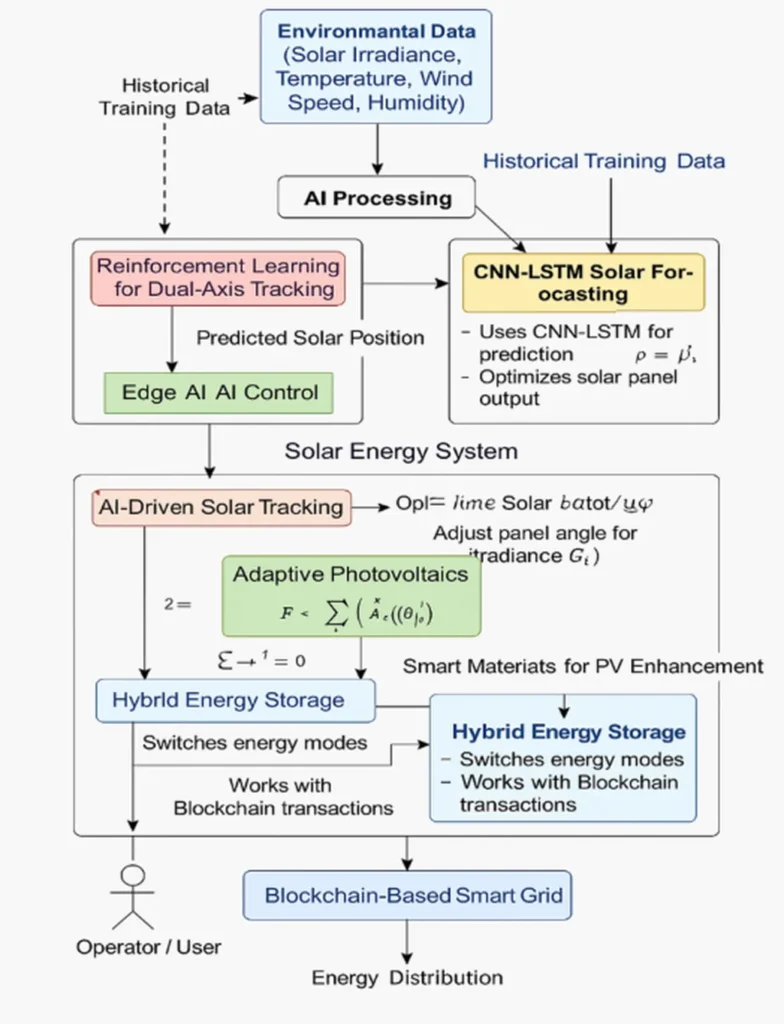In the quest for sustainable energy solutions, photovoltaic (PV) solar power stands out as a beacon of hope. However, its intermittent nature poses significant challenges to grid stability and energy management. Enter A. Pravin Renold, a researcher from the School of Computer Science and Engineering at Vellore Institute of Technology in Chennai, India, who has developed a novel approach to improve short-term PV power forecasting accuracy. His work, recently published in the journal “Results in Applied Engineering,” offers a promising solution to one of the renewable energy sector’s most pressing issues.
Renold’s research introduces a hybrid machine learning model that combines several advanced techniques to enhance forecasting accuracy. The model integrates bidirectional layers of Gated Recurrent Units (GRU), Long Short-Term Memory (LSTM), and Efficient Channel Attention (ECA) with Temporal Convolutional Networks (TCNs). This sophisticated architecture enables the model to capture both long-term dependencies and immediate patterns in solar power generation data.
The implications for the energy sector are substantial. Accurate short-term forecasting is crucial for grid operators to balance supply and demand, integrate renewable energy sources effectively, and maintain grid stability. Renold’s model achieves impressive performance metrics, including an average Root Mean Square Error (RMSE) of 0.028975, Mean Absolute Error (MAE) of 0.0119275, and an R² Score of 0.98832. These results were validated using the DKASC dataset from Uluru, Australia, demonstrating the model’s robustness and reliability.
“The integration of renewable energy sources into the grid is a complex challenge,” Renold explains. “Our model addresses this by providing highly accurate forecasts, which can help grid operators make informed decisions and optimize energy management strategies.”
The commercial impacts of this research are far-reaching. For energy providers, improved forecasting accuracy can lead to more efficient grid operations, reduced energy waste, and lower costs. It also facilitates the integration of distributed PV systems, enabling a more decentralized and resilient energy infrastructure. As the world moves towards a greener future, such advancements are essential for achieving sustainability goals and reducing our carbon footprint.
Renold’s work not only advances the field of renewable energy forecasting but also paves the way for future developments in machine learning applications within the energy sector. By leveraging cutting-edge techniques like attention mechanisms and temporal convolutional networks, his research sets a new standard for accuracy and reliability in solar power forecasting.
As the energy sector continues to evolve, the integration of advanced machine learning models will play a pivotal role in shaping a sustainable and efficient energy landscape. Renold’s contributions are a testament to the power of innovation and the potential of technology to drive positive change. With further research and development, the vision of a fully renewable-powered grid may become a reality sooner than we think.

